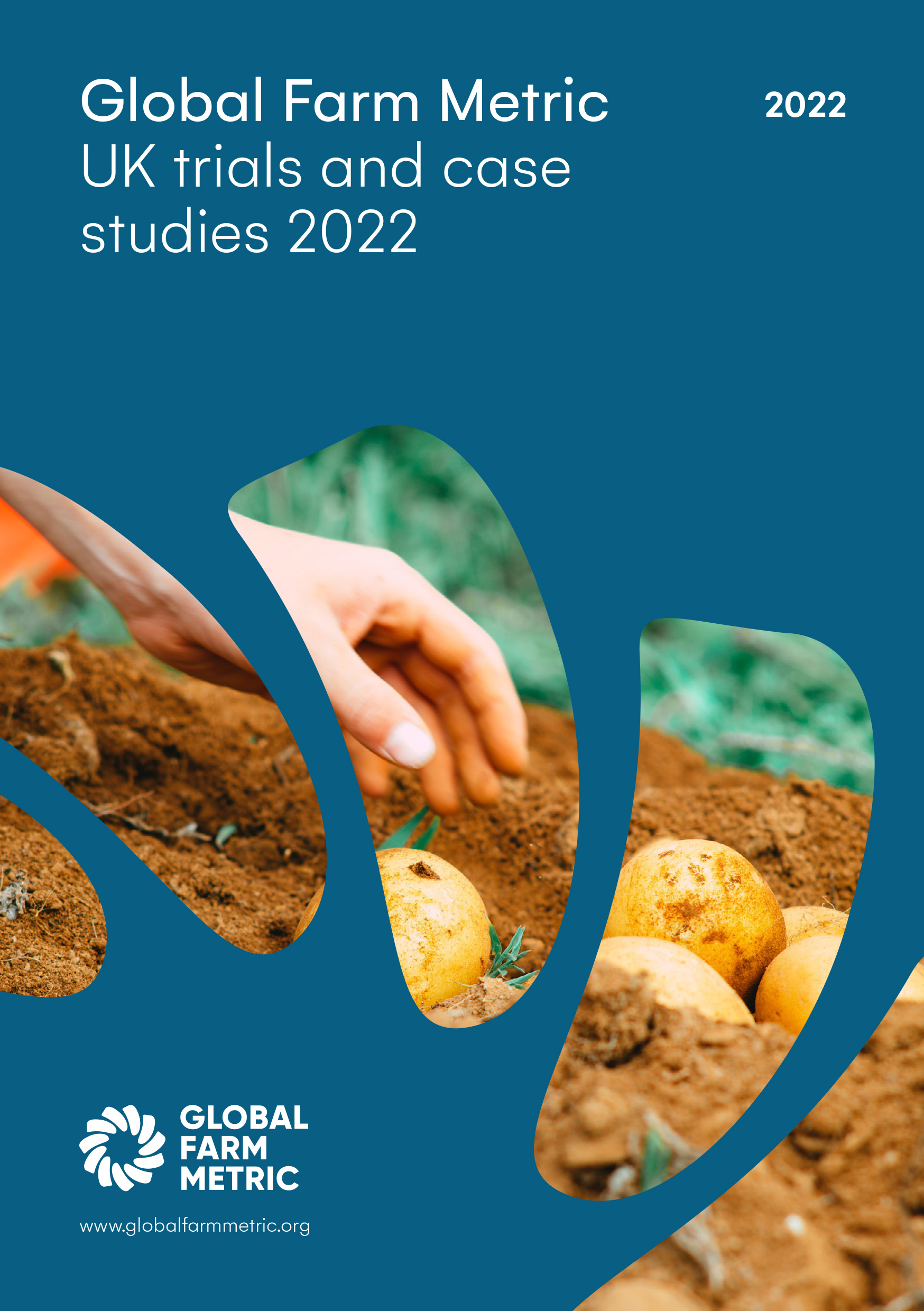User guides
It’s helpful to read and print our user guides before completing some of the categories of the assessment.
- An overview of the information you need to complete the GFM Assessment is in this data checklist.
- The field guide explains how to carry out the air, water and soil health survey, and what information to collect to calculate the germination rate.
- You can print our field survey result page to take with you when you’re carrying out the surveys. You can use it to note down the results from the surveys to then easily transfer them into the GFM assessment.
- The VESS identification guide – can be used to assess soil structure based on the appearance and feel of a block of soil dug out with a spade.
- This Invertebrate identification guide can be used to identify invertebrates for the water quality survey.
- This is the Lichen identification guide to help you identify the 9 indicator lichens for our air quality survey.
FAQs

What is the GFM Assessment?
The GFM Assessment (UK) is an open-source self-assessment spreadsheet created to trial the GFM framework.
It has been built to test whether this method of data capture and the outputs provided in the GFM Assessment helps farmers and land managers to:
- Set and monitor progress towards sustainability goals
- Make incremental improvements to farming practices
- Learn about and reduce the negative impacts the farm may be having
- Improve the local environment
- Prepare for upcoming changes to the UK agricultural policy
- Save time inputting the same information into multiple assessments

Who is the GFM Assessment for?
The assessment can be used in the UK on farms of all sizes that produce food (including crops, livestock, vegetables, fruit), fuel and fibre.

What are the assessment boundaries?
The GFM assessment collects information over a 12-month period which can be a calendar year, a financial year or from harvest to harvest.
The categories and questions are based on the GFM Framework.
The boundaries of the farm assessment are considered to be the physical boundaries of the farm premises.
Where there are different businesses within one site or a farm business spread over more than one farm site, please refer to the next FAQ: “What do I do if I have multiple enterprises”

What do I do if I have multiple enterprises?
If you have multiple enterprises that are part of the same farm business and on the same farm, please include the details in the same assessment as far as possible. If you have enterprises not covered in the assessment, please list them in the feedback box at the end of the category for future reference. (i.e. AirBnB, workshops, cheese production, etc)
If you have multiple separate businesses run by different people operating on the same farm, please complete the assessment for what you consider to be your farm business
If there are independent farm related businesses on your premises who wish to complete separate assessments, please invite them to contact us and we will happily help them register and complete an assessment (i.e. rented land to a different farm business).
If you have a single business spread over multiple farms sites, please select you core farm business site for the assessment. If the other farm sites are very distant and/or different, you might like to consider a separate assessments. Whichever you decide, please add notes in the feedback box at the end o the category for future reference.

How long does it take to complete?
It takes approximately 6-8 hours to collect all your data and input it into the assessment.
Data collection and input is made easier as most of the information asked for in the tool is requested in other assessments and certification schemes. This is because, once adopted, the framework is designed to reduce potential duplication of data entry.

How is my data used?
The assessment is hosted online, and your progress will be saved automatically.
Your data is used as outlined in the Privacy Notice and Terms and Conditions shared with you on trial sign up.
All information you share with us is used for research purposes only and all information is kept completely private. Your data will be anonymised to create sustainability benchmarks for the development of the GFM.

Do I have to fill in sensitive information, such as financials?
Your data is protected as outlined in the T&Cs and will be treated with the utmost care in line with GDPR policies as outlined in the consent form.
We would encourage you to take the time to complete as much of the assessment as possible for you to gain a more complete picture of your farming business, the more you complete the more useful it should be. We do understand that there may be data you do not wish to share as part of this pilot, that’s fine, just move onto the areas you’re comfortable completing.

How do I complete the assessment?
Once you’ve signed up, you can start gathering the data you need to complete the assessment using our data checklist.
Follow the link in your emails to the online assessment. Input your data.
Once you’ve completed the assessment, please fill in the post-survey feedback questions embedded in the assessment.

How do I save my progress?
Your progress is saved automatically.

How do I reveal my results?
Please make sure all questions are completed.
To see your final results, click on the far-right hand side of the category tab labeled ‘Results – State of the System’. Here you can see how you scored in all your categories and indicators, as well as the results of other key outputs.

How do I share feedback?
Your feedback is a vital part of the development of the GFM, to ensure the framework is useable and useful to farmers.
To be a part of this process, please fill in our pre and post survey questions embedded in the assessment and/or send an email to info@globalfarmmetric.org.
You can also leave comments through the assessment at the bottom of each category.

Does the GFM give me a whole-farm carbon footprint?
No.
The ‘Climate’ category shows the risk to your farm due to extreme weather events caused by climate change. These are automatically calculated using data from the MET Office.
For a more in-depth understanding of your emissions, we recommend using an additional carbon farm tool. You can then upload the results to GFM Assessment at the bottom of the ‘Farm Information’ tab.

Where can I find help?
Still have questions?
Please contact our trials team at info@globalfarmmetric.org with your questions and we’ll get back to you as soon as possible.
Glossary
You can download the complete glossary in one document or search for individual terms below.

Alignment
Agreement or co-ordination in perceptions, events or actions.

Baseline
A reference point or starting measurement often used to assess change over time.

Coalition
An alliance or partnership formed by various individuals, organisations, or entities with a shared goal or purpose.

Common
Frequent, widespread, or widely accepted.

Data
Information, such as words or numbers, collected, analysed, and used for decision-making or research.

Extreme events
An event could be considered ‘extreme’ if it is unexpected, unusual, severe, or unseasonal compared to what is ‘normal’ within your lifetime.
Extreme weather could include rain/precipitation, cyclones, hail, tornado, snow, fog, sun/heat, wind, frost.

Farmer
People cultivating the land for crops for food, fuel, or fibre, and those raising livestock through settled or migratory agriculture.

GFM wheel
The illustration of the 12 categories of the Global Farm Metric (GFM) which form a holistic and comprehensive overview of farm sustainability.

Impact
An effect or consequences of an action, event or decision, in a given context. It can be perceived as positive, negative or neither, and the significance will vary depending on scale, duration, and other factors.

Impact assessment
An evaluation of the likelihood of an impact, combined with significance, based on for example, the scale and reversibility of the impact and the sensitivity and rarity of the feature impacted.

Indicator
A sign, signal, or measurement that provides evidence or information about a particular state or condition.

Measure
To determine the size, extent, quantity, or degree of something using a standard unit or scale. Also, a plan or course of action taken to achieve a particular purpose.

Metric/s
Quantifiable measures or standards used to assess and evaluate performance, progress, or success.

Outcome
The final result or consequence achieved through actions. For example, food availability may be one outcome of farming.

Output
The physical items or products resulting from a process or activity. This includes intended farm products and unintended outputs such as wastes.

Practices
Actions that are generally undertaken consistently. For example, it may be practice on a farm to graze cattle on water meadows in summer.

Public goods
Defra lists six desired public goods from farming: clean air; clean and plentiful water; thriving plants and wildlife; reduction in and protection from environmental hazards; mitigation of and adaptation to climate change; enhanced beauty, heritage and engagement with the natural environment.

Stakeholder
An individual, group, or entity with an interest or concern in the success or failure of a project, organisation, or system.

State of the system
The condition of the farm environmentally, economically, ethically and socially.

Supplier
A person, company, or organisation that provides goods or services to another entity.

Supply chain
The network of interconnected activities, organisations, and resources involved in the production, distribution, and delivery of goods or services.

Sustainability
Meet the needs of today without compromising the ability of future generations to meet their own needs, while acting in environmentally, economically, ethically and socially responsible ways.

Threat
A threat is a potential danger or harmful event, that could affect a system’s state, especially through vulnerabilities and negatively impact an organization’s assets, operations, or objectives.

Understand
To grasp the meaning, significance, or nature of something.

Validation
The process of confirming or verifying the accuracy, authenticity, or effectiveness of something.

Vulnerability
Weaknesses or exposure in a system, process, infrastructure, or organization that could allow an action or event to cause harm or damage.

Vulnerability assessment
Vulnerability assessments combine the likely exposure to a threat or event, the sensitivity of the system affected, and also the adaptive capacity of the features affected.
Next Steps: The assessment as the start of a process of change
The Global Farm Metric assessment used in our trials is designed to support sustainability on your farm (and beyond the farm-gate).
Regular assessments and reviews can help you identify and develop responses to new challenges and enable you to review the performance of previously implemented changes.
You can use this document or follow the 6 steps outlined below when you review the results of your assessment and use it to think about how to put the results to use.
You might not want to think about or take all the steps, and you might take them in a different order (for example, you might have already completed a carbon assessment and have options to make changes to reduce your emissions).
1. Review Results
Review your results from the state of the system assessment of risks to your farm’s long-term viability, ideally with an advisor, other farmers or other people with expertise you trust.
For each category, read the information explaining the results, note down your understanding of the challenges highlighted, plus any that the assessment might not have picked up.
Once you’ve got an overview of challenges, note down the options for change which you think could improve things – or help you adapt to problems you don’t control.
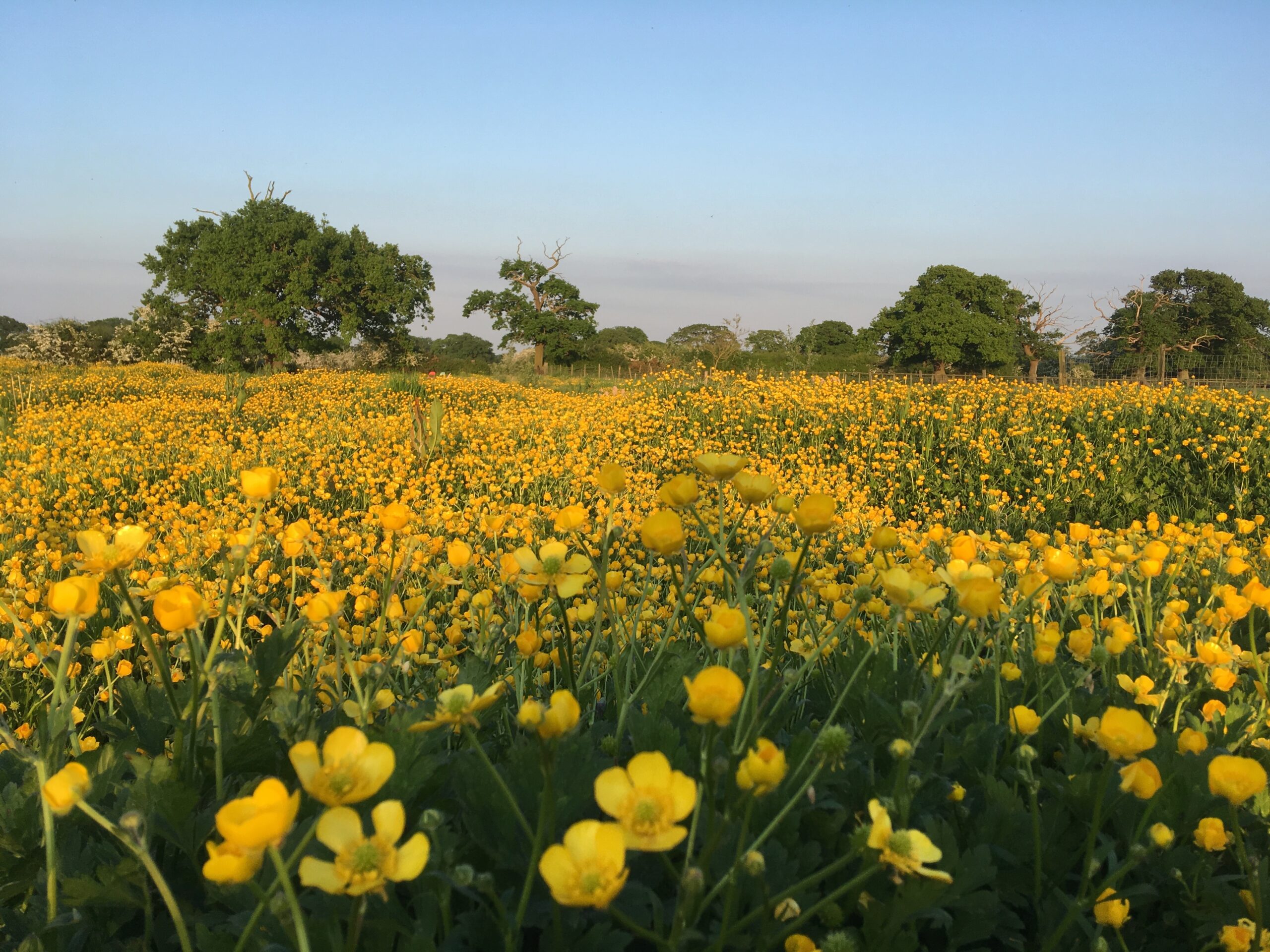
2. Check trade offs
For the actions you’ve identified to tackle issues for your farm in individual categories, think about whether they could have co-benefits or trade-offs for the state of the farm in other categories.
Take advice and think about how you might avoid / minimise trade-offs and maximise co-benefits.
3. Stack benefits
Government, certifiers, the supply chain and others may require (and fund) you to change your practices & your farm’s outputs in order to reduce its impacts.
They might also ask you to assess outputs like greenhouse gas emissions, so they can track your progress.
Prioritise actions which meet both their needs & the needs of your farm (actions identified in your review) so you can ‘stack’ benefits for them and for you.
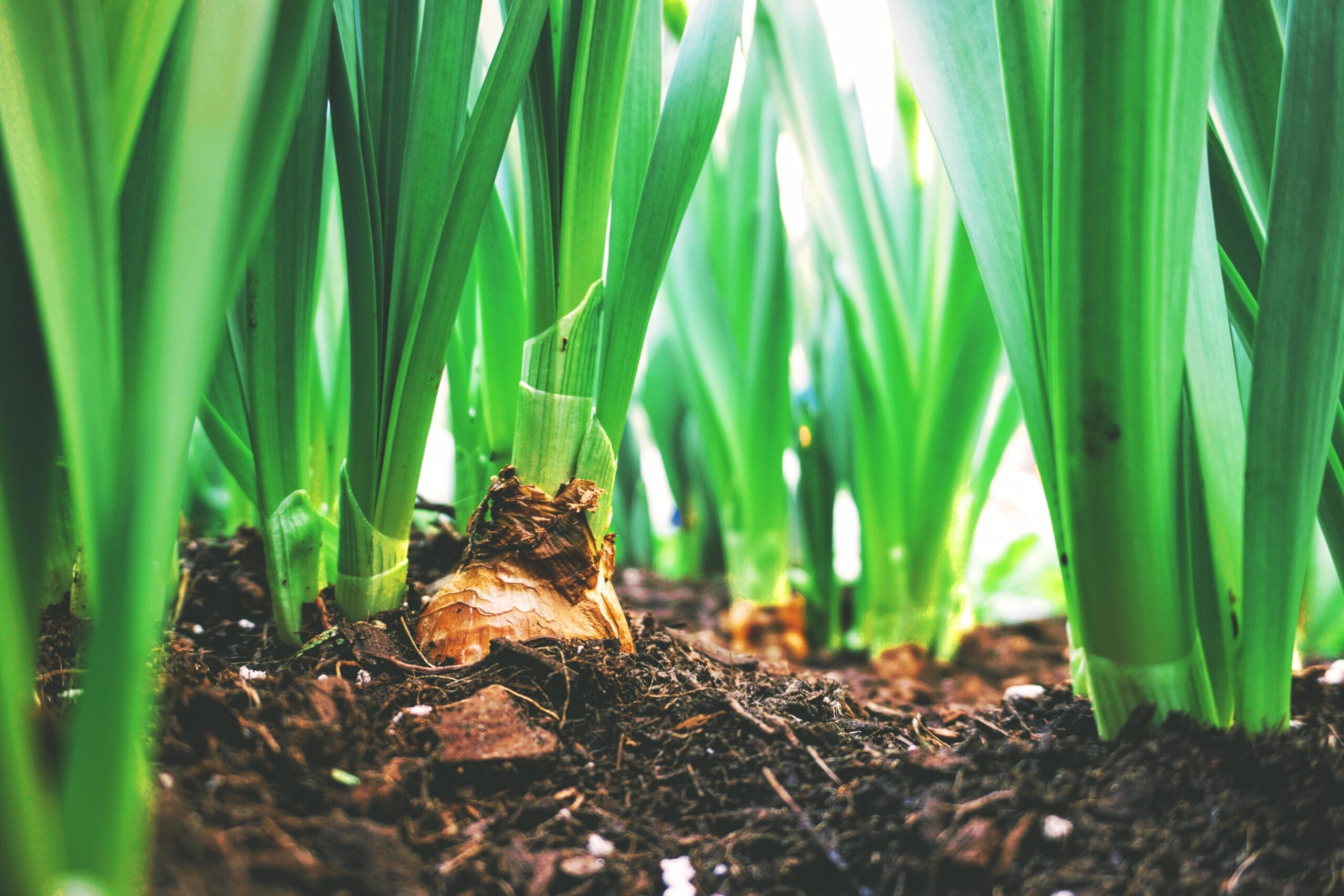
4. Plan
Plan your actions based on the previous steps.
Note down what changes you make and what you hope they’ll achieve. That way, when you next assess your farm you will have a record of what you did differently since the last assessment, and can see whether the improvements you hoped would result have started to appear.
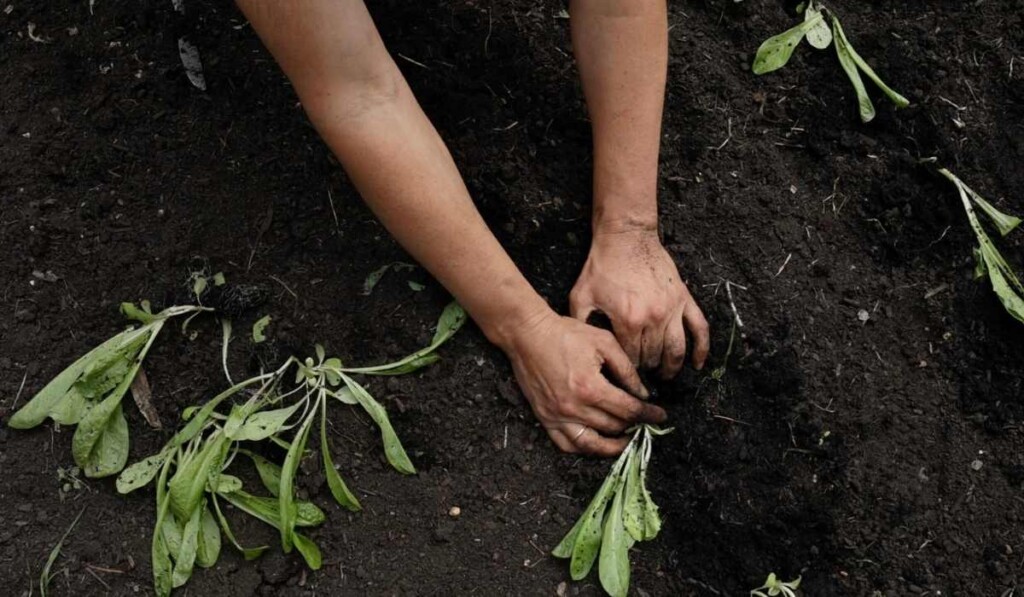
5. Act
Make changes to improve the state of your system and reduce farming impacts.

6. Monitor
Regularly repeat reviews/assessments of the state of your farm in order to monitor its condition and how it changes over time following the changes you make.
Depending on your agreements with them, government, the supply chain and others who want you to reduce the impacts of your farm on people and planet might also ask you to regularly assess your practices and/or your farm’s outputs or impacts.
Some of the data you collect for our state of the system assessment may also be usable to give you a head start in completing these other assessments (and vice versa)
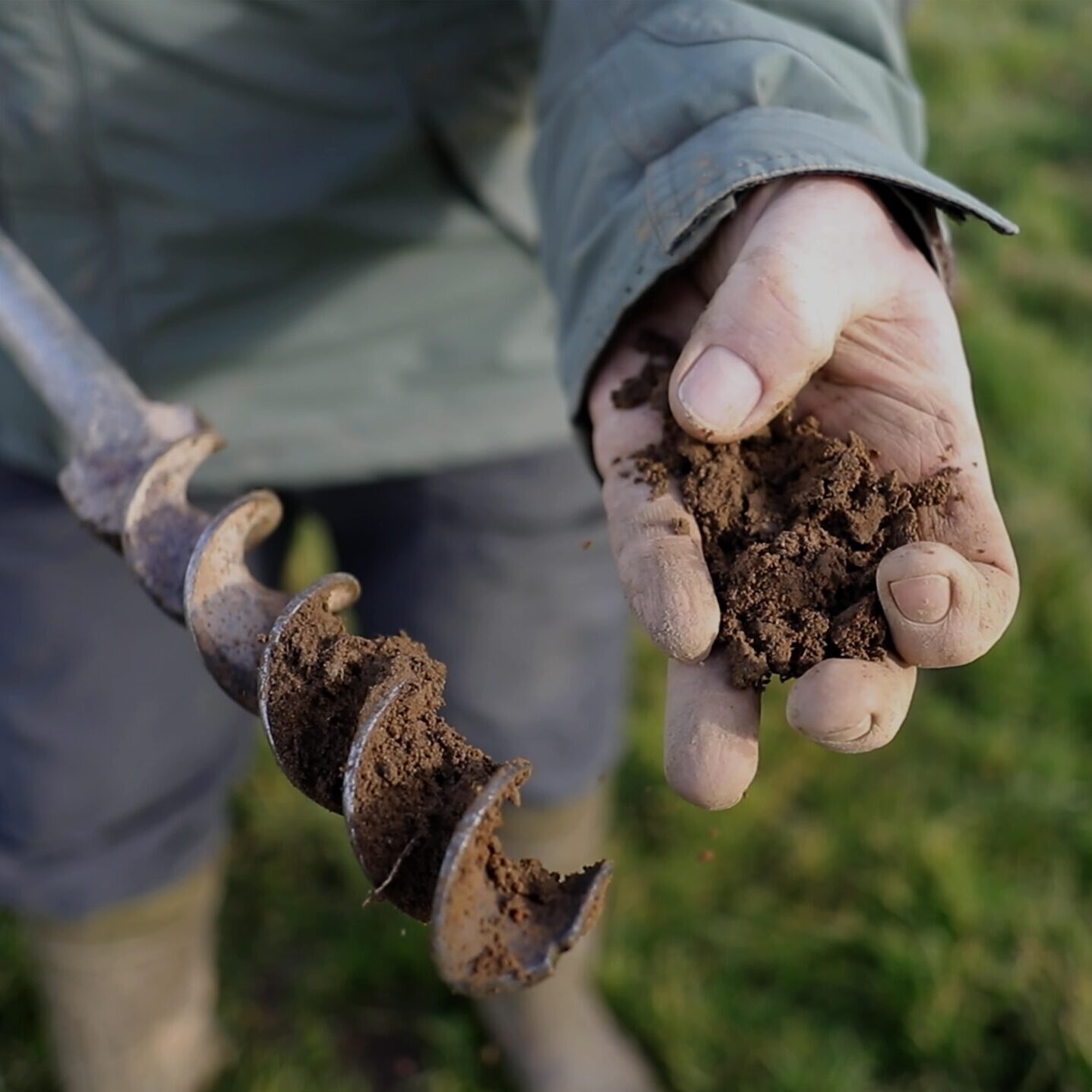
UK Farm Trials 2022
How does the Global Farm Metric work in practice?
The Global Farm Metric framework was embedded into a research tool that enabled farmers to self-assess their sustainability. The trials collected feedback from over 40 farms across the UK, from a range of farming scales and systems.
All farmers who completed the trial gained a better understanding and developed a more targeted approach to on-farm sustainability. A whole-farm framework effectively supported decision making and drove progress towards reducing negative impacts and unintended consequences, while improving social, environmental and economic outcomes. Over 70% of farmers had a wider and more nuanced definition of sustainability and a better understanding of the positive relationship between sustainability and their farm business. This enabled knowledge exchange between different types farmers and better, more transparent, dialogue along the supply chain.
“Using the framework showed that by changing our ways of working we can benefit both farm productivity and the environment – beyond just re-wilding or no-till” – Rachel Davies, mixed farm, Monmouthshire (Wales)*
Video shorts
Coming soon
